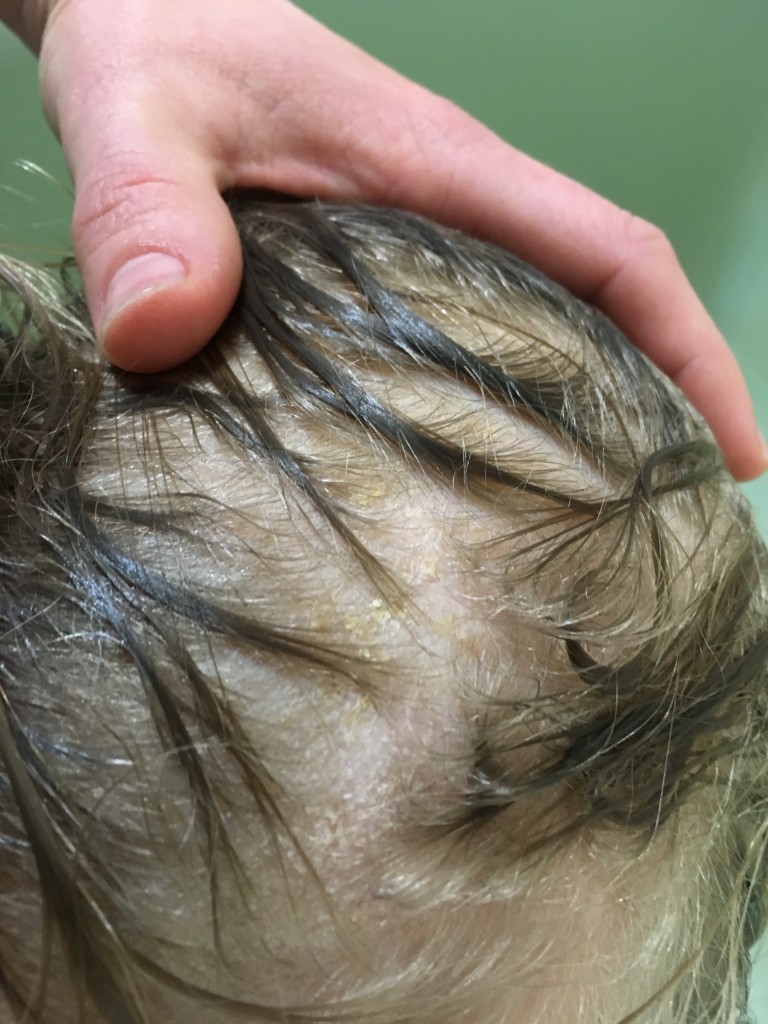


All in the first group had a positive RT PCR test as well. The study included 67 participants, 30 with and 37 without clinical symptoms of COVID-19. The current study is part of the work of this coalition. This would help understand how the virus affects metabolic pathways so as to improve the diagnosis and treatment of COVID-19. The COVID-19 International Mass Spectrometry (MS) Coalition was set up in May 2020 by a number of UK institutions to derive information on the virus at molecular level from infected individuals. This could be developed, if so, as a non-invasive sampling method for diagnostic testing in the future. Thus, the researchers sought to establish the sebum lipid patterns distinctive for COVID-19. The study of sebum lipids has been shown to yield characteristic features in illnesses like Parkinson’s Disease. A sebum sample is painless and straightforward to obtain. The study centers on examining sebum, the greasy fluid secreted from the sebaceous glands in the skin, using liquid chromatography mass spectrometry. Thus, they say, “ Lipidomics, therefore, offers a promising route to a better understanding of - and potentially diagnosis and prognosis for - COVID-19.”
Exces sebum skin#
The researchers in the current study suggest that since dogs can be trained to sniff out COVID-19 patients, the skin of these individuals is likely to show a dysregulated lipidome. Earlier studies have shown that patients with COVID-19 do have disrupted lipidomes, as shown by an examination of the blood plasma and nasopharyngeal swab lipids. The current study focuses on the effect of COVID-19 on the sebum lipidome. Thus, research is on to assess the impact of the virus on the host rather than the virus itself, as an additional testing modality.īoxplots of diagnostic readings from plasma: COVID-19 negative versus positive COVID-19 and the Sebum Lipidome However, this approach has a sizable false-negative rate due to many factors and fails to offer prognostic value.

Mass testing is necessary to contain the virus and reduce the burden on the health services, usually involving the collection of upper respiratory samples and testing for viral RNA by polymerase chain reaction (PCR). Thus, the clinical manifestations of COVID-19 reflect both the direct harm caused by the virus infection and the immune response of the host. A significant minority of cases will develop severe and hyperinflammatory features involving the lungs, leading to acute distress syndrome (ARDS), often associated with a cytokine storm. Most symptoms relate to the respiratory system. The virus, SARS-CoV-2, enters the human body via the angiotensin-converting enzyme 2 (ACE2) receptor on the target host cells. This could help develop a cheap and straightforward method of non-invasive diagnosis. Now, a new study published on the preprint server medRxiv* in September 2020 shows that sebum lipids change in COVID-19. It is particularly dangerous because of its rapid and extensive infectivity combined with high mortality.

The COVID-19 pandemic began in the last month of 2019 and spread rapidly throughout the world, causing over one million deaths so far, besides many tens of millions of confirmed infections.


 0 kommentar(er)
0 kommentar(er)
